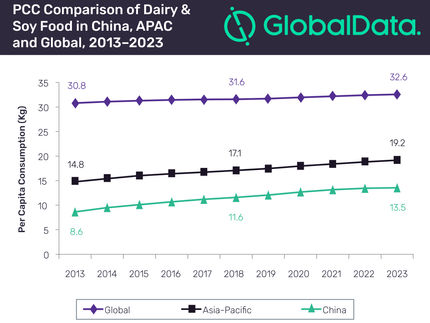Global trade in soya is at the expense of the climate
Almost 90,000 trade flows analysed
Advertisement
Global trade in soya at the expense of the climate Study by the University of Bonn examines CO2 emissions from Brazilian soya exports with unparalleled accuracy
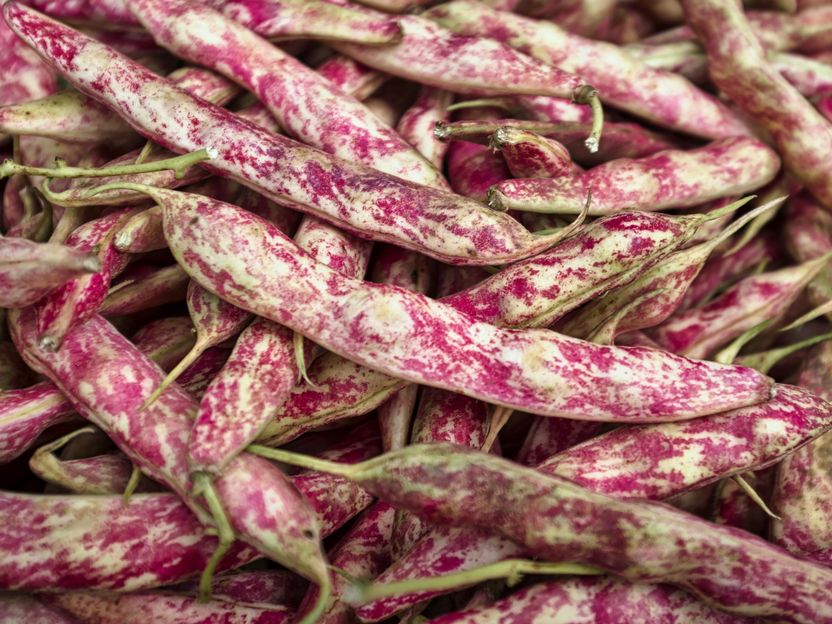
Photo by Eric Prouzet on Unsplash
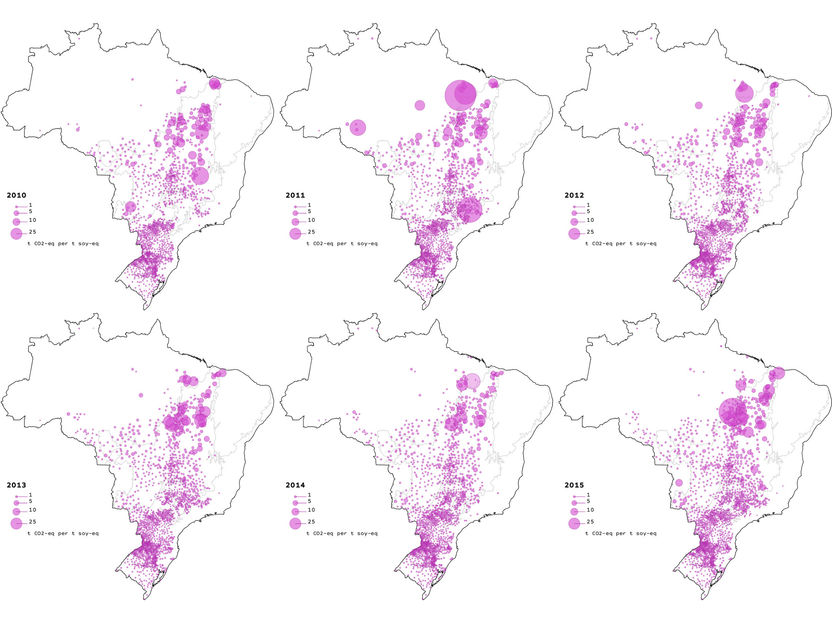
The amount of greenhouse gases generated by the production, processing and export of soy and soy products varies greatly from community to community and also varies from year to year.
Neus Escobar et. al., Global Environmental Change
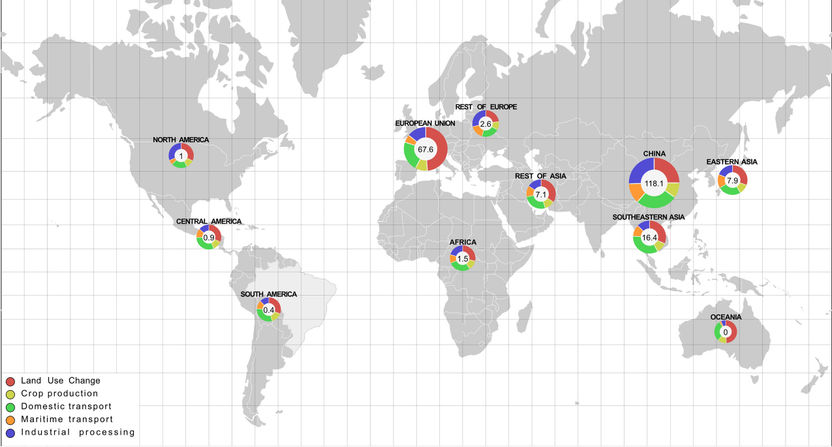
The EU imported 67.6 million tonnes of greenhouse gas emissions between 2010 and 2015, which are included in total Brazilian soya imports, while China imported 118.1 million tonnes.
Neus Escobar et. al., Global Environmental Change
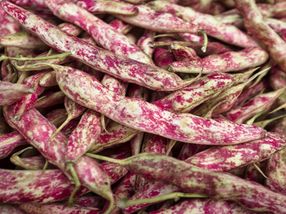
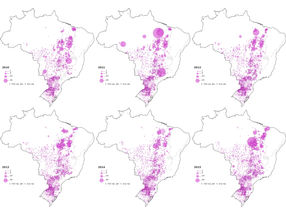
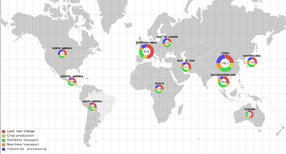
The extent to which the cultivation and trade of Brazilian soya pollutes the global climate depends to a large extent on the respective cultivation area. This is shown in a recent study carried out by the University of Bonn together with partners from Spain, Belgium and Sweden. According to the study, in some regions the export of soy and soy products generates more than 200 times as much CO2 emissions as in others. Between 2010 and 2015, the EU imported soy primarily from locations where large areas of savannah and forest were converted into arable land for cultivation. The analysis has now been published in the journal Global Environmental Change.
Soy trade contributes to greenhouse gas production in a number of ways. Probably the most serious is the conversion of natural vegetation into arable land. This is because these usually bind considerably less CO2 than the original ecosystems. Greenhouse gases are also released during the harvesting and processing of raw products, transport to ports and shipping.
To estimate the greenhouse gas footprint caused by trade in soy and soy products, scientists use life cycle assessments (LCA). In these they determine the life cycle assessment of a product from its manufacture to the importer. Scientists from the Institute for Food and Resource Economics (ILR) at the University of Bonn have now carried out this assessment for almost 90,000 different supply chains that were used for soya trade between 2010 and 2015. "Each of these 90,000 trade flows consists of the producing municipality in Brazil, the place where the soy was stored and pre-processed, the export and import port and possibly further processing at the buyer's site," explains ILR researcher Dr. Neus Escobar. "In somewhat simplified terms, we have calculated the amount of carbon dioxide released per ton of soya for each of these supply chains."
Almost 90,000 trade flows analysed
The scientists used a database developed at the Stockholm Environment Institute (www.trase.earth). It traces in detail the trade routes of agricultural products from the growing region to the importer. "The database also contains information on deforestation associated with soybean cultivation in the production area," says Escobar. "We have supplemented it with additional data, for example on the means of transport used on the corresponding export route and the CO2 emissions it generates. This enabled us to make a very detailed assessment of the consequences of soybean cultivation and trade in different regions of Brazil for the climate gas burden. With one revealing result: "The greenhouse gas emissions caused by soya cultivation and trade vary greatly from community to community, depending on deforestation, cultivation practices and freight logistics," Escobar emphasizes. "In some areas they are a good 200 times higher than in others. So the variability is much higher than has been seen in the scientific literature to date.
The largest CO2 emissions are generated in the so-called MATOPIBA region in the northeast of the country. Here, there are still huge areas of natural vegetation, mainly forests and savannahs, which have, however, increasingly fallen victim to agriculture in recent years. Soybean exports from municipalities in this region normally require long transport routes to the export ports, which are also usually handled by truck due to the lack of infrastructure. The resulting greenhouse gas pollution can be enormous and even exceed the consequences of deforestation.
The scientists have also investigated which countries cause particularly large greenhouse gas emissions through the import of soya. First and foremost, China is the world's largest importer. However, the European Union is hot on its heels. "Although the European countries import significantly less soy. However, between 2010 and 2015 it came mainly from areas with high deforestation pressure," Escobar notes.
"Regional conditions can have a considerable influence on the life cycle assessment of agricultural products," she explains, "Our study makes these interrelationships a bit more transparent. Politicians urgently need such information: On the one hand, it shows how supply chains can be made more environmentally friendly - for example, by improving transport infrastructure or more consistent protection of forests. On the other hand, the figures also illustrate the environmental consequences of high meat consumption in many EU countries: Much of the soy imported into Europe is used as animal feed.
Note: This article has been translated using a computer system without human intervention. LUMITOS offers these automatic translations to present a wider range of current news. Since this article has been translated with automatic translation, it is possible that it contains errors in vocabulary, syntax or grammar. The original article in German can be found here.




